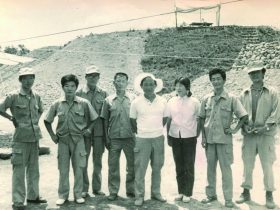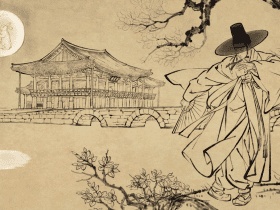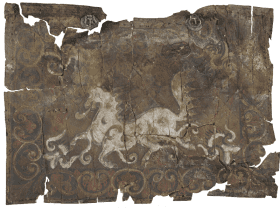The NRICH Reaching Out to the World
Hanji Research Team, Restoration Technology Division
Establishing Quality Standards for Hanji Used for Cultural Heritage Restoration
Hanji, also known as “mulberry paper,” is crafted through a traditional Korean papermaking technique using fibers from the paper mulberry plant. Distinguished by its robust and lengthy fibers, Hanji boasts impressive durability and preservation characteristics.
Hanji’s raw materials, processes, and production techniques have been faithfully transmitted through the ages. An array of Hanji variations serves specific purposes, each distinguished by its own unique qualities. In the domain of cultural heritage restoration, skilled artisans are entrusted with crafting Hanji akin to the original artifact.
Aside from traditional Hanji, an improved version has emerged that integrates modern techniques to enhance workability and efficiency. To scientifically validate Hanji’s excellence, the Hanji Research Team within the NRICH’s Restoration Technology Division undertook a five-year “Research on Quality Standards for Traditional Hanji in Cultural Heritage Restoration” initiative from 2017 to 2021. This undertaking encompassed literature review, field studies, an exhaustive survey of Hanji production
for cultural heritage restoration in Korea, and an evaluation of diverse Hanji types based on materials and production processes. These endeavors resulted in the formulation of customized quality standards for Hanji’s application in cultural heritage repair and restoration contexts.


Europe Embraces Hanji
In Europe, especially Italy and France, Hanji’s appeal has been on the rise. The Central Institute for the Restoration and Conservation of Archival and Library Heritage(ICRCPAL), an arm of the Italian Ministry of Culture, officially endorsed Hanji in 2016 and 2018 for restoring European cultural heritage. This endorsement led to the use of Hanji in restoring significant artifacts, including a globe cherished by Pope John XXIII exhibited in a dedicated museum, along with documentary heritage and mural replicas at the Vatican Museums.
Long dominated by Japanese Washi paper, the European cultural heritage restoration market has now extended recognition to Hanji as an exceptional restoration material. Hanji’s durability and strength make it highly suitable for restoring European cultural heritage.
The Hanji Team within NRICH’s Restoration Technology Division is rising to meet elevated expectations as they diligently strive to enhance quality standards tailored to Hanji’s diverse applications. Their dedicated efforts aim to facilitate the global adoption of Hanji in the restoration market.





